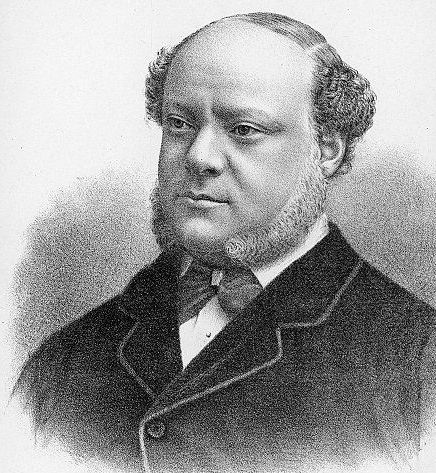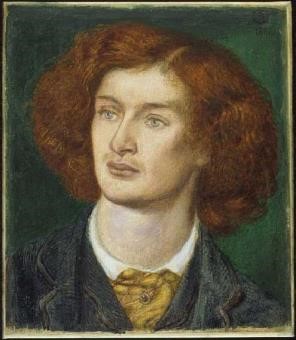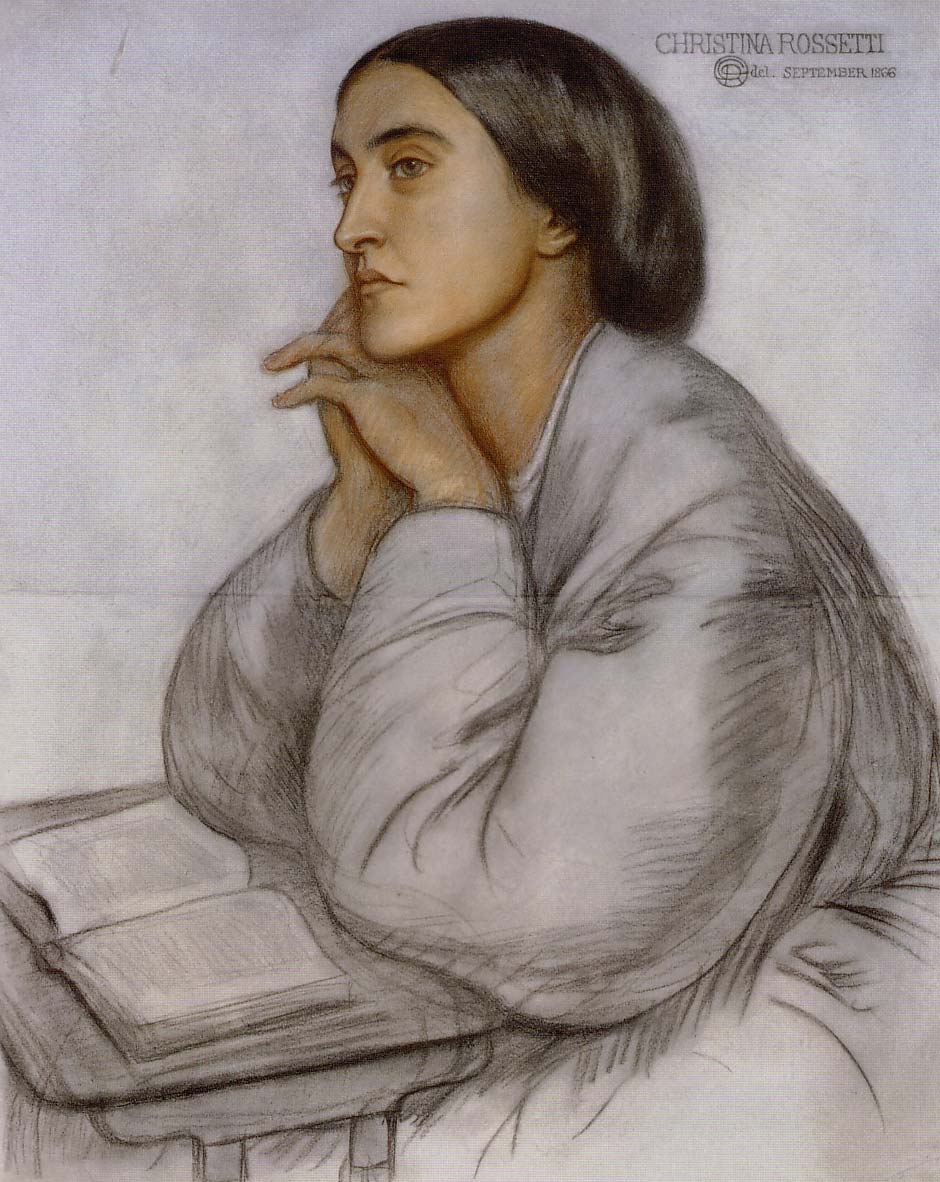|
Theo Marzials
Théophile-Jules-Henri "Theo" Marzials (20 December 1850 – 2 February 1920) was a British composer, singer and poet.Howse, Christopher. ''The Daily Telegraph''. 18 October 2006. Did this man really write the worst poem ever?. Retrieved 16 August 2007. Marzials was described in 1894 as a "poet and eccentric" by parodist Max Beerbohm,The Works of Max Beerbohm . Retrieved 16 August 2007. and, after writing and performing several popular songs, vanished into obscurity. His poetry is seen as an example of 19th-century .Stasny, John F. [...More Info...] [...Related Items...] OR: [Wikipedia] [Google] [Baidu] |
The Daily Telegraph
''The Daily Telegraph'', known online and elsewhere as ''The Telegraph'', is a national British daily broadsheet newspaper published in London by Telegraph Media Group and distributed across the United Kingdom and internationally. It was founded by Arthur B. Sleigh in 1855 as ''The Daily Telegraph & Courier''. Considered a newspaper of record over ''The Times'' in the UK in the years up to 1997, ''The Telegraph'' generally has a reputation for high-quality journalism, and has been described as being "one of the world's great titles". The paper's motto, "Was, is, and will be", appears in the editorial pages and has featured in every edition of the newspaper since 19 April 1858. The paper had a circulation of 363,183 in December 2018, descending further until it withdrew from newspaper circulation audits in 2019, having declined almost 80%, from 1.4 million in 1980.United Newspapers PLC and Fleet Holdings PLC', Monopolies and Mergers Commission (1985), pp. 5–16. Its si ... [...More Info...] [...Related Items...] OR: [Wikipedia] [Google] [Baidu] |
Pre-Raphaelite
The Pre-Raphaelite Brotherhood (later known as the Pre-Raphaelites) was a group of English painters, poets, and art critics, founded in 1848 by William Holman Hunt, John Everett Millais, Dante Gabriel Rossetti, William Michael Rossetti, James Collinson, Frederic George Stephens and Thomas Woolner who formed a seven-member "Brotherhood" modelled in part on the Nazarene movement. The Brotherhood was only ever a loose association and their principles were shared by other artists of the time, including Ford Madox Brown, Arthur Hughes and Marie Spartali Stillman. Later followers of the principles of the Brotherhood included Edward Burne-Jones, William Morris and John William Waterhouse. The group sought a return to the abundant detail, intense colours and complex compositions of Quattrocento Italian art. They rejected what they regarded as the mechanistic approach first adopted by Mannerist artists who succeeded Raphael and Michelangelo. The Brotherhood believed the Classical p ... [...More Info...] [...Related Items...] OR: [Wikipedia] [Google] [Baidu] |
Victor Hugo
Victor-Marie Hugo (; 26 February 1802 – 22 May 1885) was a French Romantic writer and politician. During a literary career that spanned more than sixty years, he wrote in a variety of genres and forms. He is considered to be one of the greatest French writers of all time. His most famous works are the novels ''The Hunchback of Notre-Dame'' (1831) and ''Les Misérables'' (1862). In France, Hugo is renowned for his poetry collections, such as (''The Contemplations'') and (''The Legend of the Ages''). Hugo was at the forefront of the Romanticism, Romantic literary movement with his play ''Cromwell (play), Cromwell'' and drama ''Hernani (drama), Hernani''. Many of his works have inspired music, both during his lifetime and after his death, including the opera ''Rigoletto'' and the musicals ''Les Misérables (musical), Les Misérables'' and ''Notre-Dame de Paris (musical), Notre-Dame de Paris''. He produced more than 4,000 drawings in his lifetime, and campaigned for social cau ... [...More Info...] [...Related Items...] OR: [Wikipedia] [Google] [Baidu] |
Esmeralda (opera)
''Esmeralda'' is an opera in four acts composed by Arthur Goring Thomas to an English-language libretto by Theo Marzials and Alberto Randegger based on Victor Hugo's 1831 novel ''The Hunchback of Notre-Dame''. It premiered in London on 26 March 1883 at the Theatre Royal, Drury Lane with Georgina Burns in the title role and Barton McGuckin as her lover, Phoebus. Background ''Esmeralda'' was Thomas's first opera to receive a full staging. He dedicated it to Pauline Viardot. It was commissioned by the Carl Rosa Opera Company following a very successful performance of excerpts from his opera ''The Light of the Harem'' in 1879 at the Royal Academy of Music where he was a student at the time. Alberto Randegger (the musical director of the Carl Rosa company) and the eccentric British poet Theo Marzials co-wrote the libretto. Its subject, Esmeralda, a central protagonist in Victor Hugo's novel ''Notre-Dame de Paris'' (''The Hunchback of Notre-Dame''), had already been the focus of sever ... [...More Info...] [...Related Items...] OR: [Wikipedia] [Google] [Baidu] |
Arthur Goring Thomas
Arthur Goring Thomas (20 November 185020 March 1892) was an English composer. Life He was the youngest son of Freeman Thomas and Amelia, daughter of Colonel Thomas Frederick. His elder brothers included Freeman Frederick Thomas, a noted cricketer, who was the father of Freeman Freeman-Thomas, 1st Marquess of Willingdon, Viceroy of India; and Sir Charles Inigo Thomas. He was born at Ratton Park, Sussex, and educated at Haileybury College. He was intended for the Civil Service, but delicate health interfered with his studies, and in 1873 he went to Paris to cultivate the musical talent he had displayed from an early age. Here he studied for two years with Émile Durand. In 1875, he returned to England, and in 1877 entered the Royal Academy of Music, where for three years he studied under Ebenezer Prout and Arthur Sullivan, twice winning the Lucas medal for composition. At a later period he received some instruction in orchestration from Max Bruch. His first published compositio ... [...More Info...] [...Related Items...] OR: [Wikipedia] [Google] [Baidu] |
Libretto
A libretto (Italian for "booklet") is the text used in, or intended for, an extended musical work such as an opera, operetta, masque, oratorio, cantata or Musical theatre, musical. The term ''libretto'' is also sometimes used to refer to the text of major liturgical works, such as the Mass (liturgy), Mass, requiem and sacred cantata, or the story line of a ballet. ''Libretto'' (; plural ''libretti'' ), from Italian, is the diminutive of the word ''wiktionary:libro#Italian, libro'' ("book"). Sometimes other-language equivalents are used for libretti in that language, ''livret'' for French works, ''Textbuch'' for German and ''libreto'' for Spanish. A libretto is distinct from a synopsis or scenario of the plot, in that the libretto contains all the words and stage directions, while a synopsis summarizes the plot. Some ballet historians also use the word ''libretto'' to refer to the 15 to 40 page books which were on sale to 19th century ballet audiences in Paris and contained a ve ... [...More Info...] [...Related Items...] OR: [Wikipedia] [Google] [Baidu] |
Alberto Randegger
Alberto Randegger (13 April 1832 – 18 December 1911) was an Italian-born composer, conductor and singing teacher, best known for promoting opera and new works of British music in England during the Victorian era and for his widely used textbook on singing technique. His compositions included ballets, masses and other church music, operas and numerous other vocal pieces. He also edited several collections of vocal music. He began his composing and conducting career in Italy, where he knew Giuseppe Verdi, but in 1854 he moved to London, which became his base for the rest of his life. From 1857 he conducted Italian opera at the St. James's Theatre and was professor of singing at the Royal College of Music and the Royal Academy of Music, retaining both posts for the rest of his life. From 1859 to 1870 he was organist at St Paul's Church, Regent's Park. Randegger served as musical director of the Carl Rosa Opera Company from 1879 to 1885, gaining a reputation for high quality produc ... [...More Info...] [...Related Items...] OR: [Wikipedia] [Google] [Baidu] |
Mary Augusta Wakefield
Mary Augusta Wakefield (19 August 1853 – 16 September 1910) was a British composer, contralto, festival organiser, and writer. Biography Early life Wakefield was born in Kendal, where her paternal ancestors had been members of the Quaker community before converting to Anglicanism. Her mother was from an Irish-American background. In the 1860s her father took over the family business, which included a bank and a gunpowder mill. He built Sedgwick House near the gunpowder mill a few miles outside Kendal. Her parents William Henry Wakefield and Augusta Hagarty Wakefield had four sons (including the cricketer William Wakefield) and two other daughters. As a child, Wakefield learned traditional border folksongs from her nurses, which she later included in her collection ''Northern Songs''. As a teenager she was sent to a finishing school in Brighton. She studied in London with Alberto Randegger and George Henschel, and in Rome with Giovanni Sgambati. Later life Wakefield ... [...More Info...] [...Related Items...] OR: [Wikipedia] [Google] [Baidu] |
Algernon Charles Swinburne
Algernon Charles Swinburne (5 April 1837 – 10 April 1909) was an English poet, playwright, novelist, and critic. He wrote several novels and collections of poetry such as ''Poems and Ballads'', and contributed to the famous Eleventh Edition of the ''Encyclopædia Britannica''. Swinburne wrote about many taboo topics, such as lesbianism, sado-masochism, and anti-theism. His poems have many common motifs, such as the ocean, time, and death. Several historical people are featured in his poems, such as Sappho ("Sapphics"), Anactoria ("Anactoria"), and Catullus ("To Catullus"). Biography Swinburne was born at 7 Chester Street, Grosvenor Place, London, on 5 April 1837. He was the eldest of six children born to Captain (later Admiral) Charles Henry Swinburne (1797–1877) and Lady Jane Henrietta, daughter of the 3rd Earl of Ashburnham, a wealthy Northumbrian family. He grew up at East Dene in Bonchurch on the Isle of Wight. The Swinburnes also had a London home at Whitehall G ... [...More Info...] [...Related Items...] OR: [Wikipedia] [Google] [Baidu] |
Walter Crane
Walter Crane (15 August 184514 March 1915) was an English artist and book illustrator. He is considered to be the most influential, and among the most prolific, children's book creators of his generation and, along with Randolph Caldecott and Kate Greenaway, one of the strongest contributors to the child's nursery motif that the genre of English children's illustrated literature would exhibit in its developmental stages in the later 19th century. Crane's work featured some of the more colourful and detailed beginnings of the child-in-the-garden motifs that would characterize many nursery rhymes and children's stories for decades to come. He was part of the Arts and Crafts movement and produced an array of paintings, illustrations, children's books, ceramic tiles, wallpapers and other decorative arts. Crane is also remembered for his creation of a number of iconic images associated with the international Socialist movement. Biography Early life and influences Crane was t ... [...More Info...] [...Related Items...] OR: [Wikipedia] [Google] [Baidu] |
Christina Rossetti
Christina Georgina Rossetti (5 December 1830 – 29 December 1894) was an English writer of romantic, devotional and children's poems, including "Goblin Market" and "Remember". She also wrote the words of two Christmas carols well known in Britain: "In the Bleak Midwinter", later set by Gustav Holst, Katherine Kennicott Davis, and Harold Darke, and "Love Came Down at Christmas", also set by Darke and other composers. She was a sister of the artist and poet Dante Gabriel Rossetti and features in several of his paintings. Early life and education Christina Rossetti was born in Charlotte Street (now Hallam Street), London, to Gabriele Rossetti, a poet and a political exile from Vasto, Abruzzo, Italy, since 1824 and Frances Polidori, the sister of Lord Byron's friend and physician John William Polidori. She had two brothers and a sister: Dante Gabriel became an influential artist and poet, and William Michael and Maria both became writers. Christina, the youngest and a lively chi ... [...More Info...] [...Related Items...] OR: [Wikipedia] [Google] [Baidu] |









